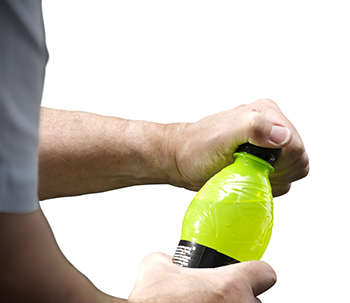Error message
Warning: file_get_contents(http://ipinfo.io/3.147.69.25/country): failed to open stream: HTTP request failed! HTTP/1.0 429 Too Many Requests in include_once() (line 656 of /home/closuretesting/public_html/sites/default/settings.php).Test methods for caps, corks and stoppers
 The key to quality control of caps and closures is to imitate their opening action or actions in a repeatable way, and measure the forces involved. People may pull, push or twist in different ways, but by standardising the angles, directions and speed of testing, producers can mechanise and measure, compare and validate.
The key to quality control of caps and closures is to imitate their opening action or actions in a repeatable way, and measure the forces involved. People may pull, push or twist in different ways, but by standardising the angles, directions and speed of testing, producers can mechanise and measure, compare and validate.
Hand operated instruments can be useful for their portability, whilst motorised and programmable testers are best for routine batch testing. In all testing, containers and caps must be gripped in such a way as to avoid distorting their shape or applying excessive pressure.
Production-line capping machines are finely-adjusted, and must be checked and readjusted to avoid closures falling out of tolerance, and keeping downtime to a minimum. Mostly, the resulting closures are tested, though actual capping force and torque may be measured by instruments replacing filled containers in the line.
Designs also change, in containers and their caps, for aesthetic reasons or to improve performance, so testing is a feature here as much as in production. Nowhere is this more important than in tamper-evident (TE) and child-resistant (CR) closures, to ensure safety is not reduced by design changes. These tests can involve a combination of force and torque.
